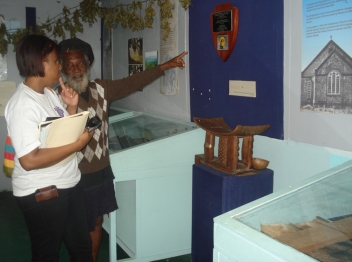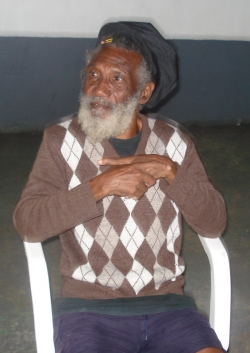 Three and a half years ago I began an intriguing academic journey. My objective was to develop sustainable heritage tourism in Small Island Developing States (SIDS).
Three and a half years ago I began an intriguing academic journey. My objective was to develop sustainable heritage tourism in Small Island Developing States (SIDS).
My focus was on young and older people. While I found the issues surrounding young people were clearer cut, those surrounding older people seemed more daunting.
I was keen to explore tourism as a way of conserving and developing heritage. In my eagerness to do this, I hadn’t considered the economic worth of the knowledge and experience behind this heritage, and the role older people could play.
Older people’s knowledge is sought after
I conducted focus groups in three cultural communities in Jamaica. From these encounters, I realised that older people are more “subjects” of the heritage experience, than they are “objects”.
As “objects” they are the focus of the tourist gaze. As “subjects”, their wealth of cultural knowledge is a source of information. This information is sought not so much by tourists, but by researchers producing dissertations, books and documentaries.
Jamaica’s Maroon and Rastafarian communities stand as prime examples. Their knowledge and experience does not fit into a defined structure or framework and cannot be quantified. But older people in these communities are vital to providing researchers with material, and could stand to benefit significantly.
Skills and heritage showcased the world over
 George Sylvester Huggins is a descendant of the Accompong Maroons in St. Elizabeth. He is a craftsman, whose most notable work is the Goombay (Gumbe) drum.
George Sylvester Huggins is a descendant of the Accompong Maroons in St. Elizabeth. He is a craftsman, whose most notable work is the Goombay (Gumbe) drum.
The square-framed drum which is covered with goatskin was used centuries ago by Maroons to send messages during hostilities with the British. Today, the drum is widely used in Maroon ceremonies and celebrations.
George is proud of the fact that his skill and heritage is showcased the world over, including the famous Smithsonian museum. But what was equally fascinating for me was that at the age of 70, he’d become an unofficial community consultant.
“Experts” in the community
He facilitates regular sessions with local and international researchers. Similarly, there are a number of older women in the community who are “experts” in their own right.
Their daily activities involve setting up and serving a steady condiments market with herbs and spices. But these women could also serve the growing research market into traditional herbs and medicines.
Like George, these women are celebrated “subjects” in Accompong.
It seems only fair that the economic value of older people sharing their knowledge and expertise should be recognised. If older people are providing a service to their community, as well as external researchers, there should be a way to reward them financially.
